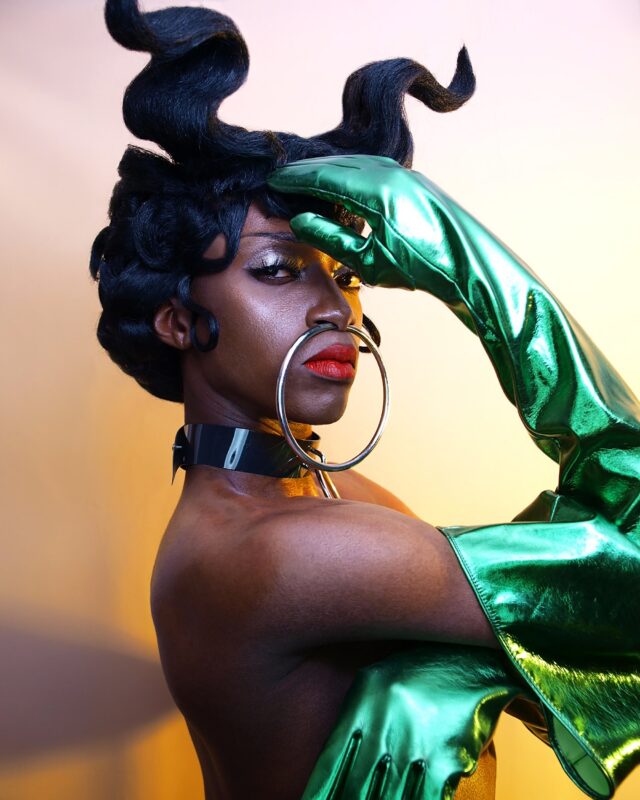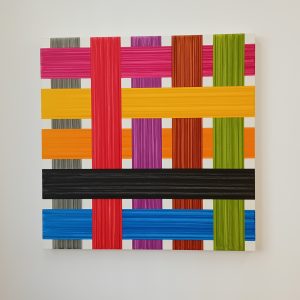
While there is no universal description of art, people across the universe have generally described it as a collection of various aspects of human activity. They involve conceptual ideas, beauty, emotional power, and technical proficiency. Its interpretation continues to vary across time and history. Art by itself is a deep and complex topic, but we cannot ignore its purpose in civilization.
LGBT Art
On the other hand, LGBT art is work and concepts that have queer themes at the core. This represented any work after the eighties when the term ‘queer’ became a strong political and celebratory term. So instead of being used by the oppressors and the homophobes, the term queer was used to document and describe the life of lesbian, gay, bisexual, trans, and intersex people.
Although it lacks a definitive style, queer art has taken form in photography, abstract painting, portraiture, collage, and sculpture.
The Concepts and Accomplishments of LGBT Art
Homosexuality was illegal in the 20th century, and there was a heavy social stigma connected to being queer. In this light, queer art tends to employ a coded language that would not be noticed by the general public (heterosexual audience).
Amid the rise of activism during the civil rights protests and the aids pandemic, LGBT art has become more vivid and political in its subject matter. This forced its viewers to recognize the queer community and to pay attention to the hypocrisy and political inequities that fueled homophobia.
A Splitting Difference
Technically, we can describe ‘normal’ art as a conversation starter. It evokes opinions and emotion from whoever is watching, and sometimes it is just an aesthetic masterpiece.
On the other hand, LGBTQ art represents a community of individuals with shared experiences that differ from those of other human beings, the majority. While their art can be shared with the general public, there would be so much detail that gets a lot to the untrained eye (the heterosexual public). You can check out this app and its blog to know and interact with different artists worldwide.
Perhaps a Gene Advantage?
When it comes to the arts, we cannot deny that queer individuals, especially gay, have quite the eye. This transcends across industries, with the most dominating one being fashion.
This leads us to the question, is there a gay gene for creativity? While this is generally considered an offensive stereotype, we cannot deny that queer individuals do have a flair when it comes to arts.
The queer community and the creative community have one thing in common. They are open and accepting, so it’s only fair that LGBT artists should thrive here. Speaking of artists, here are several who are doing the community proud.
i Gertrude Stein and Alice B. Toklas
Gertrude is an American poet, novelist, art collector, and playwright considered one of the leading figures of modernist literature and art. After moving to Paris in 1903, Gertrude started hosting a salon where the likes of Picasso, Scott Fitzgerald, Hemingway, Henri Matisse, and
Sinclair Lewis would meet.
Within the years she lived in Paris, she managed to publish a quasi-memoir- the autobiography o Alice B. Toklas. The book was written in the voice of her life partner, Alice B. Toklas. This book was what propelled her into the limelight of mainstream literature.
One of her books, q.e.d (1903), narrates a romantic lesbian affair that involved several of her friends. Some of her other work includes;
i Fernhurst – A Fictional Narration About a Love-Triangle
ii Three Lives
iii Tender Buttons
iv The Making of Americans
ii Oscar Wilde (1854 – 1900)
Oscar was a renowned playwright and poet in London in the 1890s. Some of his most notable works include the novel, The Picture of Dorian Gray, The Importance of Being Earnest, his epigrams, and the plays. Oscar Wilde also lectured in Canada and the United States on interior design and on “The New English Renaissance in Art. As a man who wore many hats, Oscar Wilde also worked as a journalist for a while.
Although Oscar was married, he was publicly convicted for consensual homosexual acts. This earned him a jail term and two years of hard labor from 1895-1897. After he was released, Oscar left for France, from where he wrote his last work, The Ballad of Reading Gaol. Some of his other prominent works include;
i A House of Pomegranates – Fairy Stories, 1891
ii The Souls of Man Under Socialism – Political Essay, 1891
iii An Ideal Husband – Performed in 1895
iii Lili Elbe
Lili Ilse Elvenes was a Danish painter who identified as a woman. They were among the first people to under sex reassignment surgery. She married her partner Gerda in 1904, and they both continued to work as illustrators. Elbe was a landscape painter, while her partner
illustrated for fashion magazines and books.
The two later moved and settled in Paris, and Elbe lived as a woman by posing as her sister-in-law to Gerda. During this time, Elbe was awarded the Neuhausens Prize, and her works were displayed in different exhibitions, saloons, and museums. Her work is still represented at the Vejle Art Museum.
After the news of her surgery went public, her marriage to Gerda was annulled by a Danish court. After her transition surgery, Elbe stopped painting altogether.
iv Clare Atwood (1866 – 1962)
Clare tony Atwood was a renowned British painter. Her pieces included still life, portraits, landscapes, decorative flower subjects, and interiors. Clare was in a polyamorous relationship with the theatre director and costume designer, Edith Craig, and the dramatist Christabell Marshall. The three were in a ménage a Trois until Craig died in 1947.
Clare also designed props throughout her life, and sometimes she would perform at the barn theatre.
Clare’s works are held in different collections around Europe, such as The Imperial War Museum in London, The Royal Academy, and the National Art Gallery of New Zealand.
Conclusion
Art is a universal language that brings us all together, yet it highlights the differences among us, big and small. Through art, we can bridge to other people who share our beliefs and values. Self-identity is crucial to any artist’s life since the two co-exist in the same body. One must be true to oneself before sharing it with the world.






